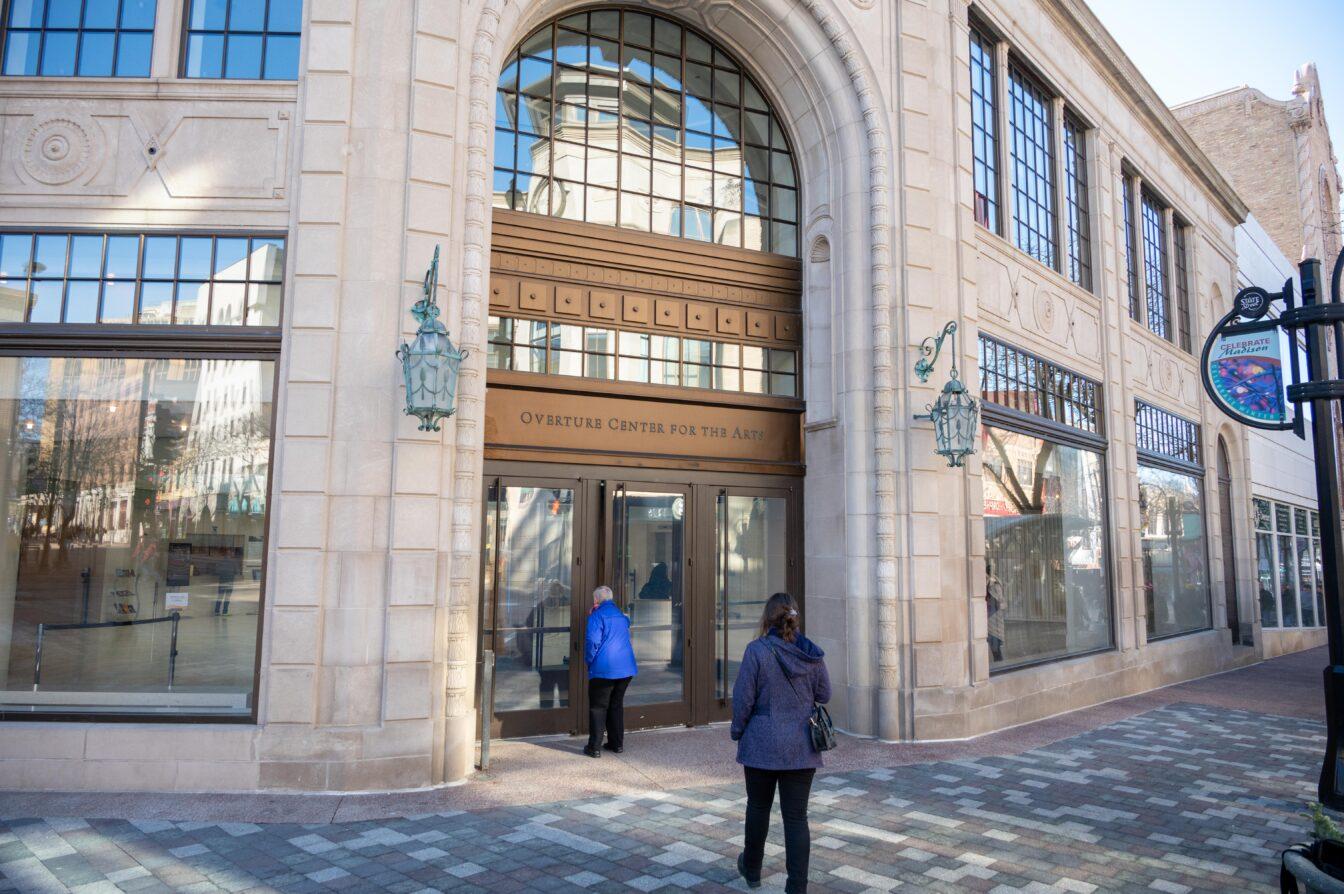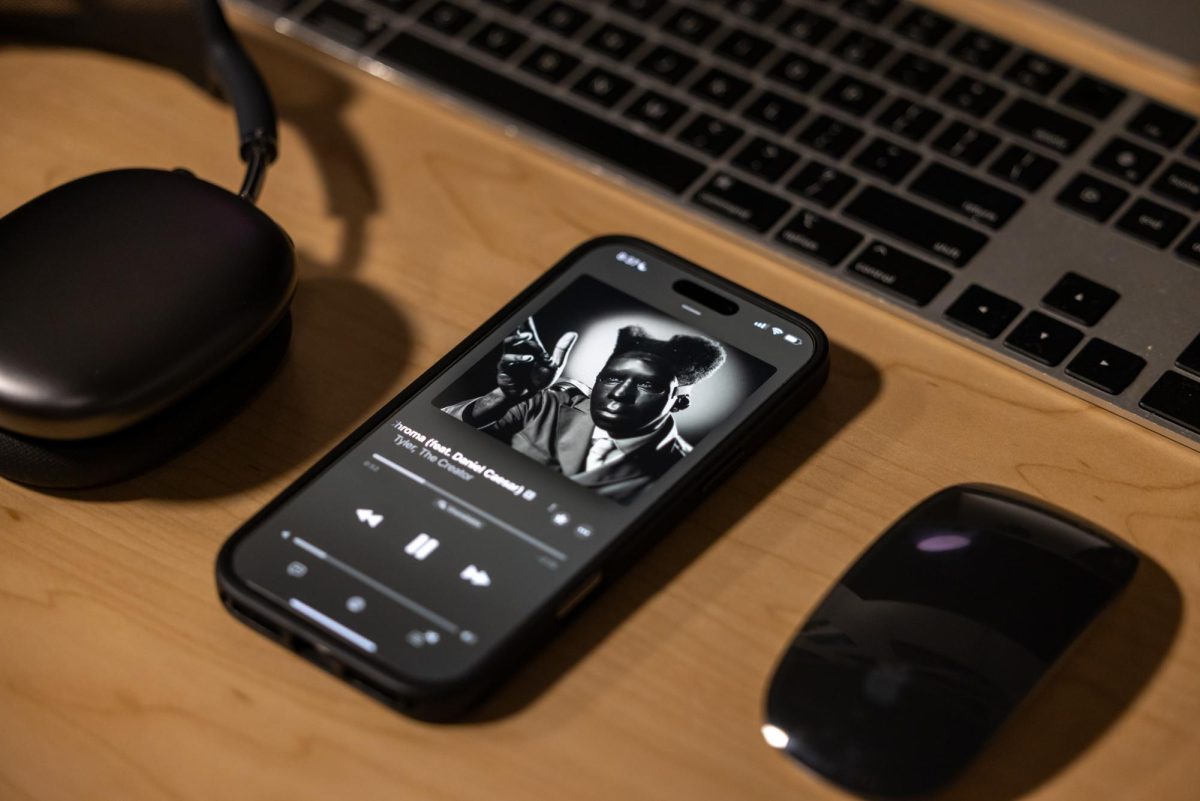It’s 1983. Def Leppard and Journey dominate the music charts, hair metal is all the rave and nothing’s hotter than Motley Crue. Converse were the shoes of choice, led by Lakers superstar Magic Johnson. This, however, was subject to change — the status quo was beginning to shift, and Madison lay at the forefront of it.
Being both home to the state government as well as a large research university, ideas and change are embedded into the capital city’s culture. This same year, Butch Vig and Steve Marker established Smart Studios in a small, unassuming brick building on the corner of East Washington Avenue and Baldwin Street.
Initially, the studios served primarily as a place for local recording artists and bands, but toward the end of the decade it began to take on a larger role within the national music scene as hair metal gave way to grunge. Vig and Marker began to produce and mix albums for notable grunge bands such as Nirvana, Smashing Pumpkins, L7 and Killdozer.
Not simply one-trick ponies, Vig and Marker were also involved in their own band, Spooner. With Vig on drums, Marker as a sound engineer and future Garbage member Doug Erikson, Spooner survived several iterations before being disbanded as Vig and Marker’s production careers were elevated, according to the book This is the Noise That Keeps Me Awake.
By 1993 — with Spooner officially disbanded — the Garbage era began. The band began working in the studio, initially as a three-piece band with Vig, Marker and Erikson. Vig handled vocals on top of drums, but soon the band became unsatisfied with the arrangement and began looking for a new singer.
After seeing the music video for “Suffocate Me,” The trio landed on Shirley Manson. She was at the time the lead singer of Angelfish. Once she finished touring with Angelfish, the group too had disbanded. Despite a poor audition, Manson rounded out Garbage as the lead vocalist.
In 1994, the band began writing and recording their first album together shortly after distributing demo tapes to record companies. During this period, the name Garbage was finalized. Vig described the odd name’s origins in his studio journal.
“Without coming up with anything cool… and when you least expect it, it all falls into place…I hope all this ‘garbage’ will become something beautiful,” Vig said — hence the name Garbage.
Garbage released their first album of the same name, Garbage, Aug. 15 of 1995. It was listed as No. 60 of the Billboard Album Charts by October. The album would prove to be their most popular, spawning hit singles such as “I’m Only Happy When it Rains” and “Stupid Girl.” Garbage brought a fresh taste to the grunge and pop-punk sound which had reigned strong throughout the decade.
Vig and Marker, despite working with many popular grunge groups, desired to create a distinct sound. By mixing several genres of rock together, it became hard to label Garbage’s sound into any one specific subcategory of rock.
Interest for the band spread until they embarked on their first tour in 1996, playing venues across the U.S. and in the UK. The band continued releasing music and touring, finally taking a hiatus in 2005.
Garbage has been incredibly successful, from its humble beginnings here in Madison, to amassing over 17 million record sales worldwide and over 2 million monthly listeners on Spotify. Smart Studios closed in 2010, but the legacy of the building and the band that made it big still lives on.
Funny enough, Garbage is planning on embarking on a tour the summer of 2023. They pay homage to their once-upon-a-home, rolling into Madison to perform June 28 at Breese Stevens Field.
Next time you happen to pass by the shaggy red brick building, hopefully it looks a little different — maybe even a little brighter. It is not the most glamorous building to exist, but it is the birthplace of a hidden Dane County treasure. Garbage may have never received the high level of mainstream success as Nirvana or Smashing Pumpkins, but it created its own unique sound — one that is original to Madison, Wisconsin.














